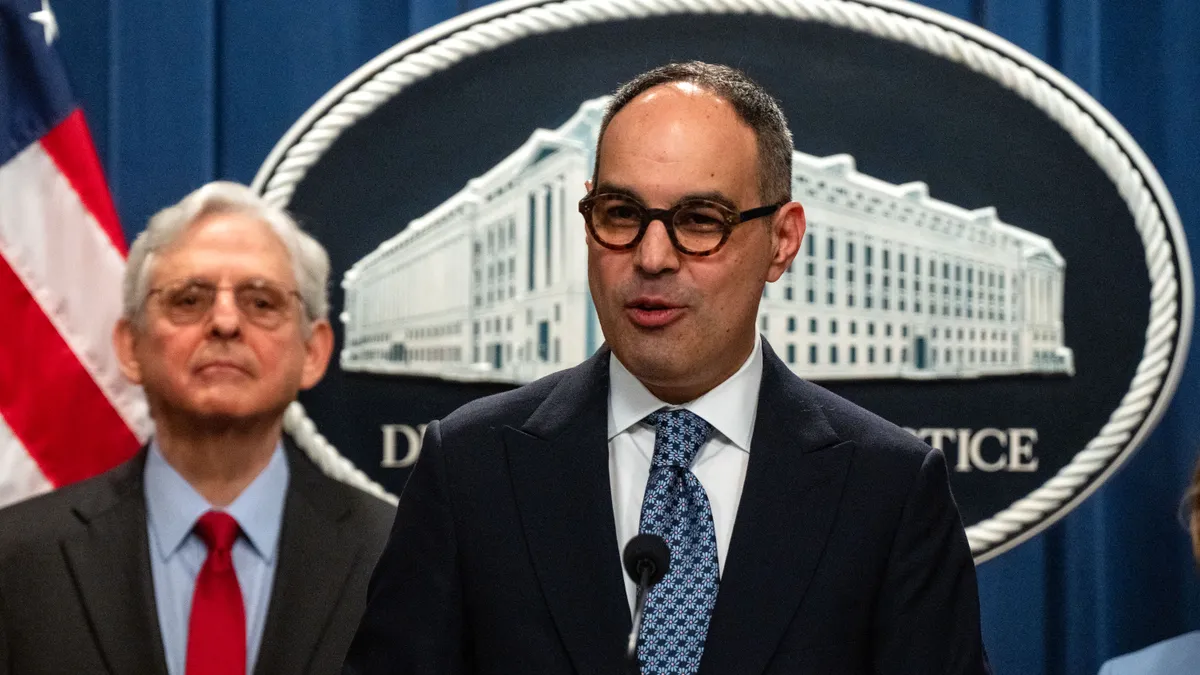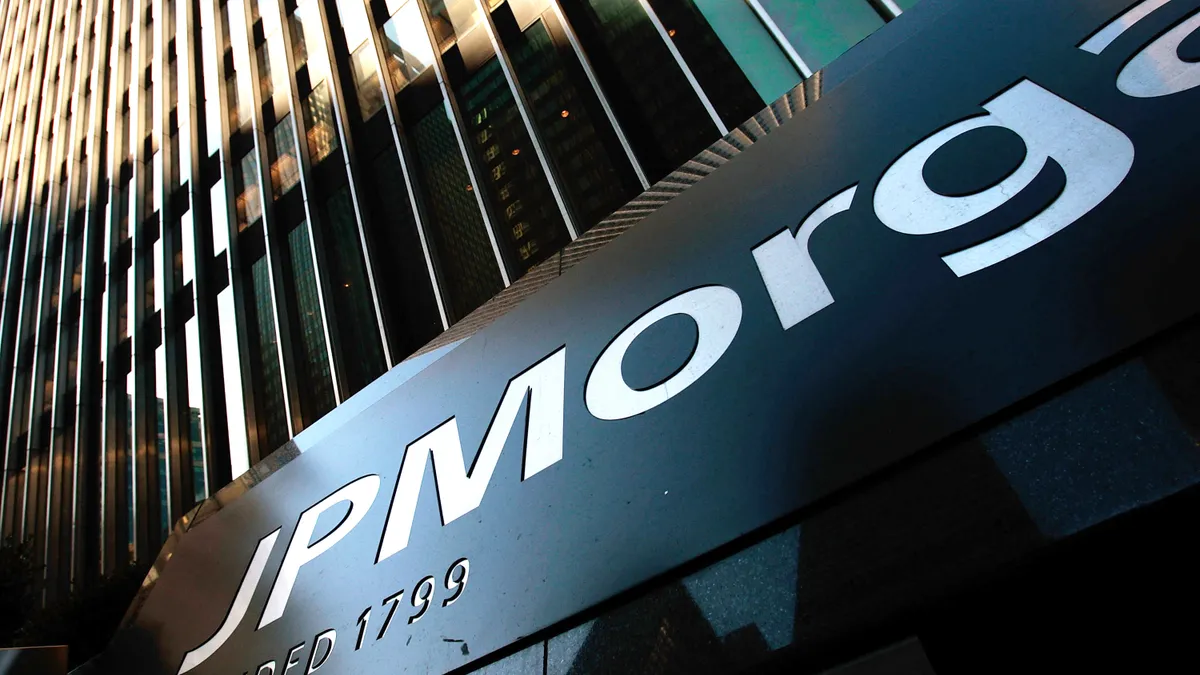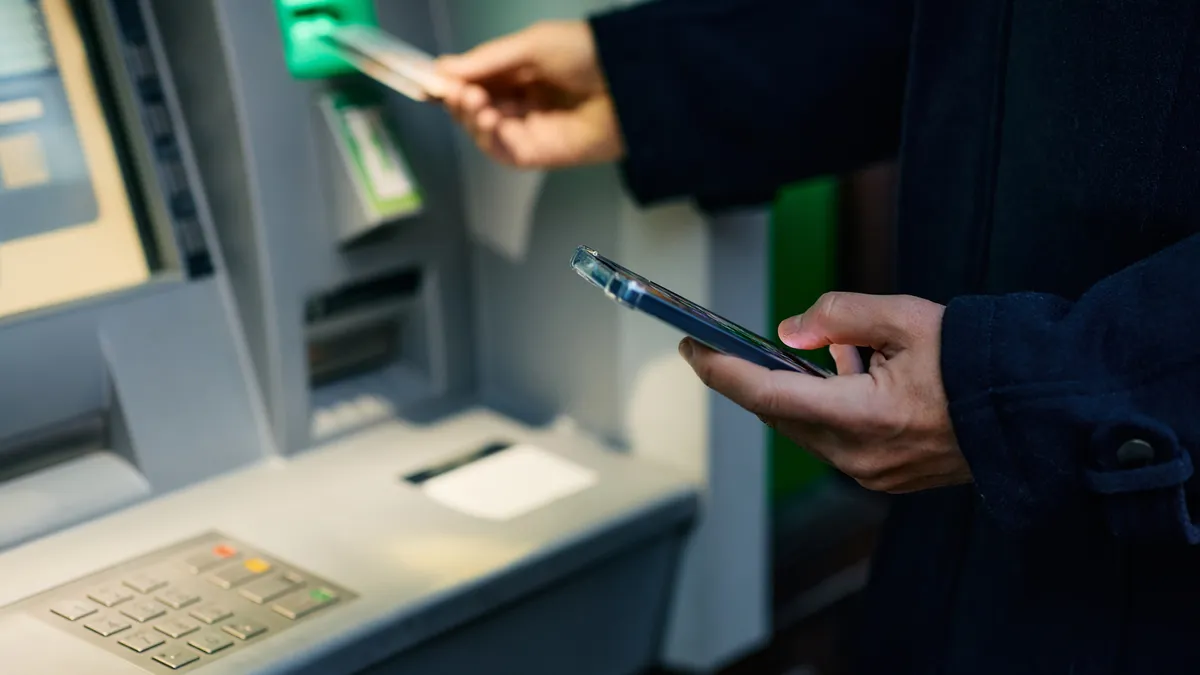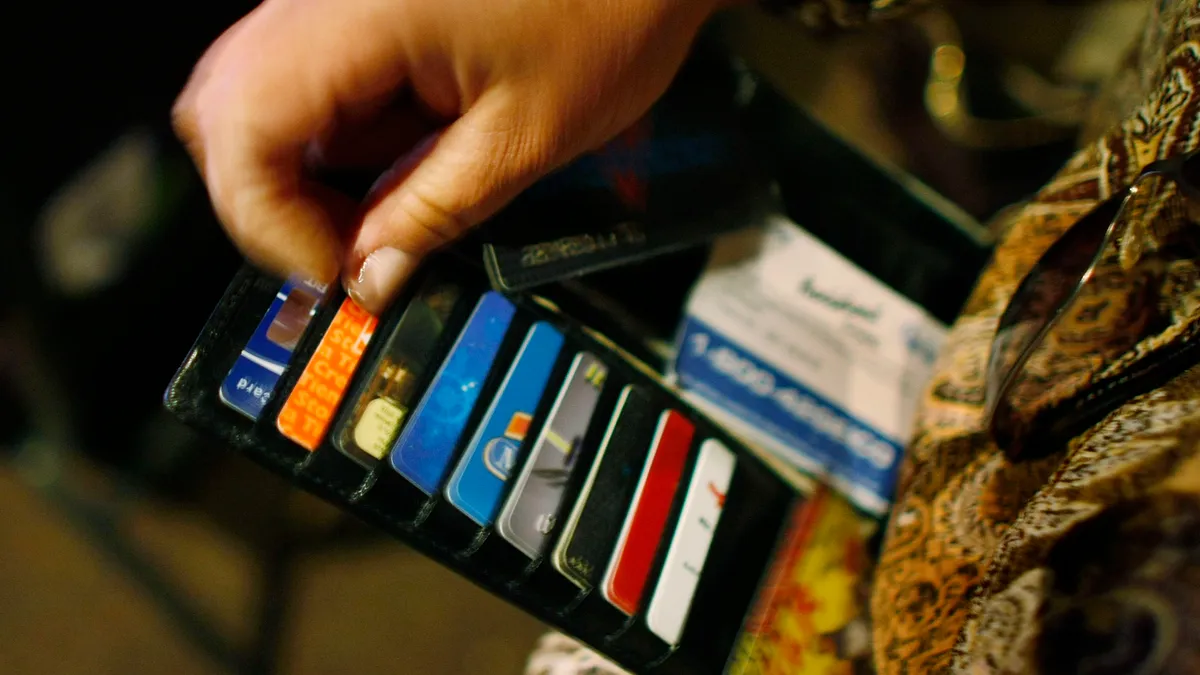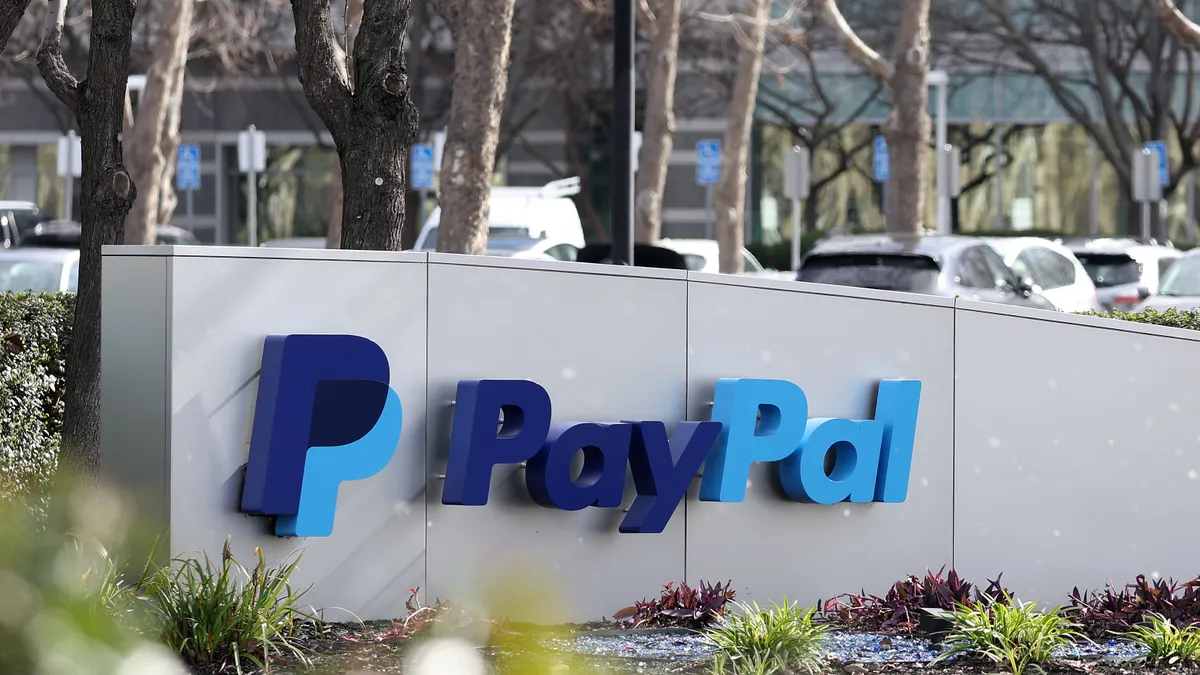Companies in the payments sphere, whether banks, tech titans or networks, are seeking and implementing new methods to combat push-payment fraud scams robbing consumers and corporate customers.
They’re advocating increased sharing of data, more action from law enforcement and a better way to track identities in the digital world, among other ideas to better battle scammers tricking victims into sending payments.
These are scams in which a company or a consumer are duped into sending, or pushing, a payment to criminals posing online as someone — such as a company representative or law enforcement official — they are not.
In 2023, payments fraud losses in the Americas were tabulated at $102.6 billion, according to a report last year from the research firms Oliver Wyman and Celent. Push-payment scams have become “increasingly prevalent,” the report said. Such losses are not only suffered by consumers, they’re also absorbed by the companies that guarantee payment safety.
Executives from tech juggernaut Google, payments network operator Nacha and the bank Truist discussed the problem and possible solutions during the Fighting Payments Fraud in 2025 virtual event hosted by Payments Dive and Banking Dive last week.
“This is actually a national challenge,” said Denise Leonhard, who is the general manager for Zelle at Early Warning Services. “We all need to work together,” she said referencing the other panelists, and also with “government, industry and law enforcement to come together in order to solve this problem.”
Battling a complex problem
Push-payments scams embroil a dizzying list of companies in the payments flow, from telecom operators providing payment apps to banks offering accounts to fintechs innovating new tools. It’s also a problem with worldwide tentacles, often initiated by well-organized criminal groups in other countries, increasingly using technology to bolster their schemes.
Consumer education campaigns and messaging aimed at slowing down the sending of payments have in recent years been common tactics in the fight against fraud.
“We added little speed bumps along the way to just have people to stop and take a pause before they send a payment to somebody that’s not necessarily in their directory,” Leonhard said during one of the event’s panel discussions regarding how payments players are addressing the scams.
While companies involved in the payments flow are eager to stop fraud, they’re reluctant to add so many hurdles — sometimes referred to as “friction” — that consumers or corporate customers become frustrated and are less likely to pursue purchases or other transactions.
“It's a complex problem, because there’s this huge balancing act,” said Chris Ward, head of enterprise payments at Truist. “We want everybody to operate in safe, sound and secure manner; we want people to be held accountable if they commit a fraud; and we want to also have as frictionless payments as possible. And all of those three things are at odds with one another.”
There’s also additional complexity in that companies are managing huge volumes of payments across their systems, making it difficult to address every individual issue. Fraud is a “large scale problem,” said Noam Livnat, a group product manager at Google.
“We're under constant attack in all sorts of ways,” Livnat said during the panel. “From an individual consumer’s perspective, obviously, it’s their whole world, and that’s the one thing that they see and the one thing that they care about. But at the scale that we all need to deal with, this becomes a question of optimizing the statistics, of making sure that we are catching as much fraud, and preventing as many scams as possible, while enabling as much good activity as possible.”
Addressing the trouble in new ways
To better protect payments and fend off fraudsters, payments companies are making new moves.
After Nacha heard from its bank and payment processor members that push-payment fraud was an “emerging threat trend,” it studied the problem and issued new ACH Network rules, advising members to adopt them by next year, said Devon Marsh, who oversees rules and risk management at Nacha.
Generally, there is a marketplace incentive for companies not to become the weakest link in the payments chain, Marsh also noted.
Executives who spoke during the panel discussion also pointed to a number of ways in which players in the ecosystem could further improve defenses, namely by pushing for more law enforcement; getting a better read of digital identities; and sharing more data with each other.
“I think we could really empower law enforcement with more resources to expose and prosecute the criminal,” Leonhard said.
To better fight bad actors, the federal government or state governments could also potentially help create a system by which it’s easier to identify and authenticate who is on the other side of a transaction, Livnat said.
“One thing that I think would be very helpful is for the government, and the states, to enable and promote more and better ways to manage the digital identities online,” Livnat said. “There's some movement around that, but that could be a very important component in helping us deal with scams and abuse and fraud in general at scale.”
Could more data be shared?
Sharing more data among banks and other companies would likely also help combat the fraudsters. “There are things that we probably could be doing more, if it was permissible to be able to share more information more broadly with folks that are in the ecosystem,” Ward said.
The scam problem has required a “sea change” in the industry, forcing participants to focus more on receiving accounts, which could also be mule accounts for criminals, Marsh said.
While there are initiatives underway on the data-sharing front, including one through the Federal Reserve last year, there are limitations in terms of current systems and legal permissions, he said.
“Talking about the victim profile, even the receiving account number of a scammer, if you could share that in real time so others don’t send to it, that could be a good preventive measure, but it’s also not necessarily something that is allowed in the current framework,” Marsh said.
While there aren’t many restrictions on banks sharing information about the types of scams they’re experiencing, there’s not much “capacity” for them to share that information, Marsh noted.
Laws protecting individuals’ privacy and identities as well as other laws, such as the Patriot Act, sometimes hamper companies’ efforts to share data.
“Erring on the side of caution causes institutions to share maybe less frequently than they’re actually allowed to,” Marsh said. “The repercussions of sharing could damage another’s reputation. So, it’s a known opportunity, it’s just not widely pursued.”
Companies operating in payments are not only seeking to protect customers and avoid fraud losses and reputational harm, they’re very concerned about safeguarding an e-commerce system that is generating billions of dollars of commerce worldwide.
“Our main concern, and we're very motivated to help with that, is the health of the digital economy,” Livnat said. “If consumers lose trust in the digital economy, it’s not good for the overall economy, it’s not good for any online business, and it’s obviously not good for Google.”





